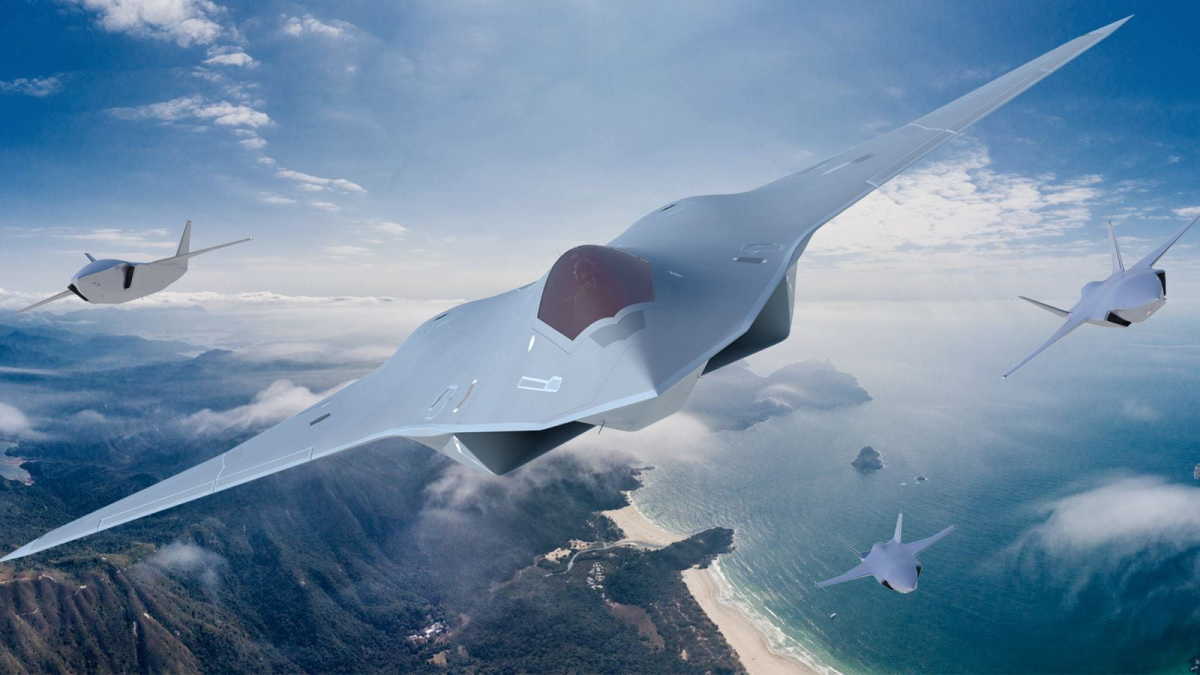JOHNNY FRANKS,

The Next Generation Air Dominance (NGAD) program, a pivotal 6th-generation fighter initiative by the U.S. Air Force, is not just about crafting a new fighter jet to replace the venerable F-22 Raptor. It represents a fundamental shift in how military aircraft are conceptualized, developed, and sustained, marking a significant leap in air combat capabilities and technological innovation. At the core of the NGAD program is the adoption of digital materiel management. This approach dramatically streamlines the design, creation, and sustenance of aircraft throughout their lifecycles, utilizing digital methods from inception to retirement. The emphasis on predictive maintenance under this regime is revolutionary, offering the potential to track parts' longevity and replace them proactively, reducing unplanned maintenance and associated costs.
The NGAD program is determined to avoid the pitfalls experienced in the F-35 program. One critical lesson is the need for the Air Force to have complete access to sustainment data from the contractors, preventing the creation of monopolies over aircraft lifecycles. This strategy ensures more flexibility and control in maintenance and upgrades over the aircraft's lifetime. Additionally, the program is designed to avoid excessive concurrency - a challenge in the F-35’s development - to minimize risks and allow for timely rectification of issues during testing phases.
In a significant stride, the Air Force released a classified solicitation for an engineering and manufacturing development contract for NGAD in 2023, with the award expected in 2024. The competition likely includes industry giants like Lockheed Martin, Boeing, and Northrop Grumman. Notably, the NGAD’s propulsion system is set to be the first completely new, digitally designed military propulsion system, with companies like GE Aerospace and Pratt & Whitney playing key roles. An integral part of the NGAD program is also the development of Collaborative Combat Aircraft (CCA) drones. These drones, solicited separately from the fighter, are envisioned to work in concert with manned fighters, enhancing operational capabilities and effectiveness.
The NGAD program leverages advancements in model-based systems engineering and digitalization, facilitating a more integrated and efficient collaboration between government designers and contractors. This approach contrasts with traditional methods, where designs moved through iterative paper-based processes. Now, a constantly evolving digital design enables rapid adaptation and evolution to meet future threats.
The NGAD program represents a significant leap in military aviation technology and strategy, far beyond just introducing a new aircraft. Its objectives are key to ensuring that the U.S. Air Force continues to lead in aerial superiority. The program's success will not only redefine the future of U.S. air combat but also potentially establish a new standard in global military aviation innovation. It is poised to be a pivotal element in the continually evolving landscape of modern military technology and strategy.
No comments:
Post a Comment